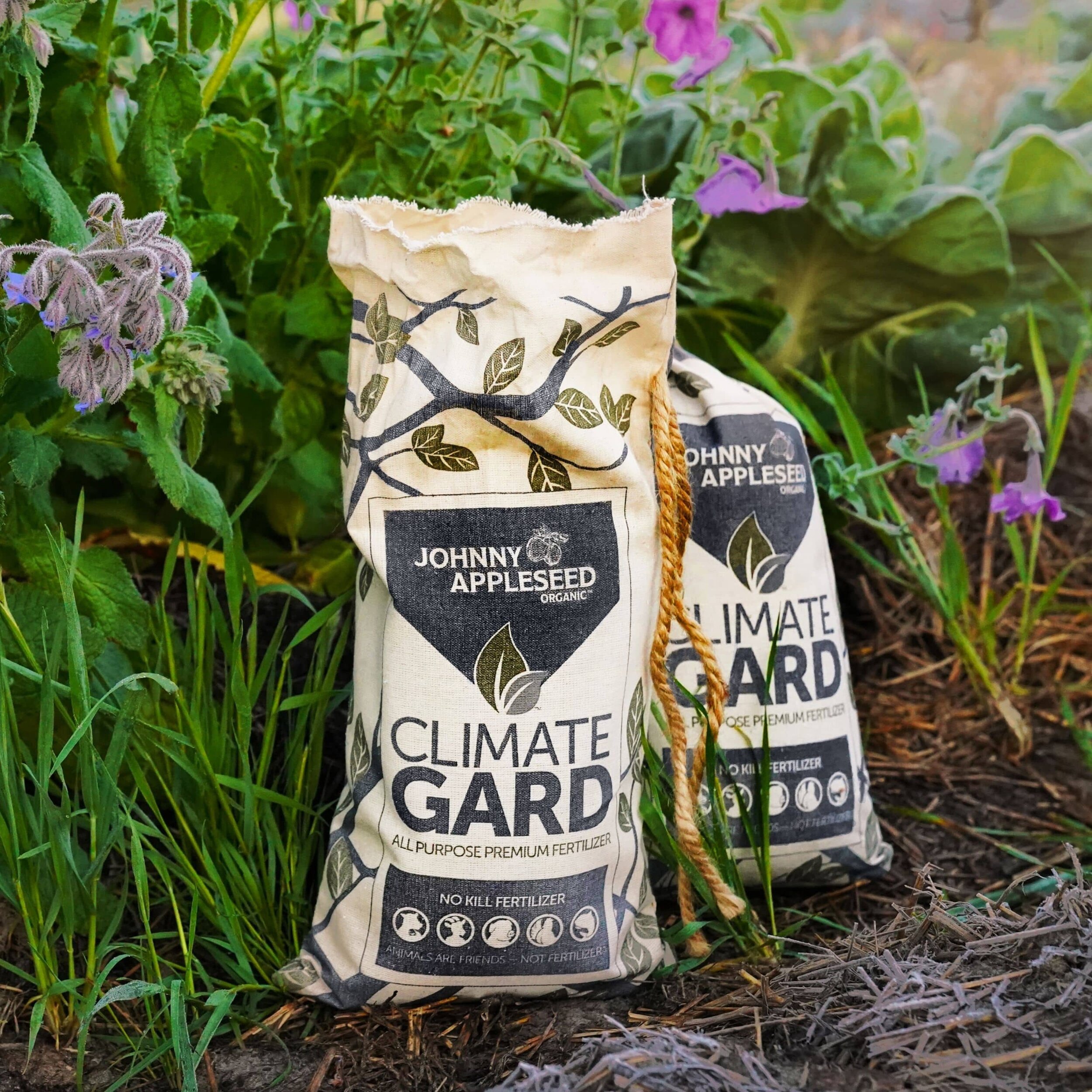Building a Climate Cabin | Part IX | Shelving, Screened Porch, Reed Beds and Composting Toilet
By Mikael Maynard
The main structure of the cabin is all finished, so it’s time to talk about interior design — including shelving, the many purposes of our screened in porch, the beginning phase of installing the reed bed ‘dark-greywater’ cleaning system, as well as our composting toilet and how it integrates into our reed bed!
Shelving
Shelving is a crucial component to the Climate Cabin. The interior of the cabin is a small space (600 square feet plus 78 square feet for the bathroom), so Mike is installing as much shelving as he can practically and aesthetically fit in the space for us to store our belongings.
The first shelving addition was a bookshelf which I wanted specifically to separate the living space from the bedroom space. This gives us much needed storage that can be accessed from both sides of the shelf and it also gives the bedroom a little more privacy without affecting the openness of the space.
The second shelving unit is the closet space. This is an open closet design with a place for both Joshua and I to hang our clothes as well as a lot of cubby storage for shoes, linens and other belongings.
The wood used for these shelving units is the same reclaimed wood Mike used to build the rest of the house. We’re unsure what specific kind of wood this is, but it was in the same pile as the heart of pine and does show a similar grain pattern.
To build these shelves, Mike planed the wood, sanded the edges down so they were rounded and fastened the boards together — as well as to the floor — using 90 degree shelving brackets.
The third set of shelving is in the kitchen. There is one large counter with a shelf underneath that spans the whole northeast and northern side of the house. The counter is obviously for food prep and the storage underneath for pots, pans and cooking supplies. We are waiting to install our range hood before we install the wall shelving which will be used for our plates, bowls and cups as well as a pantry for dry food storage.
The counters and shelves for the kitchen are made with red cedar, since we had access to it and we knew that it would be water resistant. The legs are made with cypress. We sealed the counters with Vermont Natural Coatings waterproofer. This is the same stuff we used to seal the rest of the house. On the spec sheet, it says it can be used for interior or exterior surfaces, and we had extra, so we used it up!
Screened porch
The porch is one of my favorite spaces in the Climate Cabin! From inside, you have a nice view of the farm, the pond and the Okefenokee wilderness. It faces west, so we will get awesome views of the evening sunsets as well.
Beyond the nice view, we wanted to put a screened in porch on the west side to prevent the intense late-day sun from directly hitting the house, especially in the summer. When the sun is directly overhead, it hits the west side full force, and with the screen and shade of the porch taking the brunt of it, the cabin will stay a bit cooler.
Let’s also remember that we are next door to a swamp, which means bugs! I am a Florida native, so I’m used to bugs, but here, the mosquitos are so gnarly they will prick you through your thickest jeans! Having a space where you can enjoy the outdoors while being protected from those little buggers will be very nice!
Reed bed
There are two reed beds attached to the climate cabin, composed of a pair of catch basins (big round tubs) that hold 300 gallons each, which have been sunk into the ground just above grade. Both tubs are filled with rocks made of reclaimed concrete and brick as well as seven reeds — hollow-stemmed, water loving plants placed on one foot centers. Each tub is connected to a different water outlet from the house with piping and hose, and both overflow into a mulch pit surrounded by water-loving plants.
Reed beds are used in small and large scale wastewater treatment programs around the world. In fact, the state of Maine is experimenting with reed bed technologies in their wastewater treatment plants, and their Department of Environmental Protection explains how reeds are helpful for this application as follows:
“This reed has a voracious appetite for water. The plant is tolerant to low oxygen levels and to waterlogged conditions. The reeds hold themselves in the soil through roots and rhizomes, an intricate network of underground stems. New plants in turn will sprout from these stems. These rapidly growing roots provide air passages through the sludge which in turn provide a host area for many biological communities to develop and continue to mineralize the sludge.
Reed beds perform three basic functions: (1) dewater the sludge, (2) transform it into mineral and humus like components, and (3) store sludge for a number of years. Dewatering is accomplished through evaporation (as in a normal sludge drying bed operation); transpiration through the plants root stem, and leaf structure; and filtration through the bed's sand and gravel layers and the plant's root system. Leachate is channeled back to the treatment plant through the underdrain.
The plants should be harvested annually to prevent drainage backup. The vegetation can be composted or burned.”
Reed bed #1 collects grey water (all household water that does not include toilet contamination) from the kitchen sink and bathroom sink, as well as black water (leachate from our composting toilet). The greywater is directed through two white PVC units (one from the kitchen sink and one from the bathroom sink) and the blackwater is directed through a repurposed hose that connects into the PVC from the bathroom sink. Because we are mixing greywater and a very small amount of leachate from our composting toilet (blackwater), we are calling the contents of reed bed #1 ‘dark greywater.’
The pipes for the dark greywater and greywater are inserted through the top of the basin at the highest point possible. Each pipe extends about one foot into the basin and has a line of incisions at the bottom, forcing water to spread out through each incision. This provides much needed aeration, and more importantly, spreads the greywater over a larger surface area of the reed bed. This ensures the unclean water will come into contact with the rocks and cleansing roots of reeds.
Once the reed bed fills with water, there is an overflow hose that connects reed bed #1 to a mulch pit planted with water-loving plants like bananas and yautia. After water has filtered all the way through reed bed #1, it empties into the mulch pit through the PVC overflow pipe. This gives the water one last cleansing before it can safely integrate into the landscape.
We used essentially the same system for reed bed #2, which filters greywater from our shower.
When recycling greywater, you must take care in what products you use in your sinks and shower. We purchase castile soap in bulk and use that to wash dishes, while vinegar and baking soda are our general cleaning methods of choice. Natural bar soaps are used for shampoo and washing. All of these products are biodegradable and will not cause any form of pollution in the small quantities that we are using, especially since we are cleaning the greywater with our reed beds.
Composting toilet
Our composting toilet comes from a Australian company called GreenLoo. We bought the GL90 composting toilet kit. From their site:
“The GL 90 measures 600 w x 600 d x 450 mm high, the adjustable chute can extend up to an extra 600 mm. The volume of the system is two containers at 90 l, which services 2 - 3 people full time (10 visits daily (average), 3,650 visits annually (approximately)) - each spare container purchased adds 2 - 3 people extra to this capacity.
Green Loo’s GL 90 kits come with everything you need to set the system up: One Composting container with waste chute, spare container with sealed lid, timber rails, 12V fan & 240V power adapter, vent fittings, excess liquids drainage hose, composting bacteria, liquid enzyme cleaner and 2 bags of peat covering material/bulking agent.”
We knew we wanted the GreenLoo batch composting toilet system before we even started building the house. With this knowledge we were able to prep the foundation for sinking the chamber low so we can easily change it from outside.
We chose to go with a batch system because we didn't want to have to handle our ‘deposits’ every day like you have to with most composting toilets. We found those systems to be overly complicated, with too many possibilities for something to go wrong — never something you want to have to worry about when it comes to a toilet.
Instead, our deposits go into a chamber and are layered with carbon materials like sawdust to neutralize odors, absorb moisture and keep the mixture from becoming anaerobic. Green Loo also comes with attachments to install a built-in fan that pulls out any odors as well.
Another feature of the Green Loo that we liked was its hole designed for leachate, which will come from urine as well as the bidet we’re using to cut down on toilet paper usage. Since this is a dry composting toilet, the leachate should be only a trickle, if there’s any at all. As a result, the piping system is not as elaborate as our graywater pipes — it’s just an old garden connecting the bottom of the chamber and the farthest edge of the reed bed. Once in the reed bed, it has to travel the greatest distance to reach the next overflow, ensuring proper exposure to cleansing reeds.
This will not be our first time using a composting toilet, but it will be our first time living with one for an extended amount of time! I expect a bit of a learning curve, but having the opportunity to fully take control of our waste stream is very exciting!
We are nearing the end of this project and it is getting very tedious. Tying up loose ends and making sure everything functions as optimally as possible is no small task. If you have any questions, comments, suggestions, insight,or concerns, please don't hesitate to reach out via our social media channels.
We are here to encourage you, as well as to educate ourselves on how we can live with a lighter impact on our one and only earth.
Sign up for Newsletter
Follow Us on Social
Cutting-edge microbiology
No kill formula
Superior plant nutrition derived from the most ethical, sustainable sources available.
Produces the same results as conventional fertilizers without the negative environmental impacts.
Each ClimateGard pellet is infused with micronutrients, silicon, humic acid and a high-performance blend of living bacteria and fungi.
Delivered in an environmentally friendly organic cotton bag with a compostable inner liner.
Will continue to enrich your soil long after application.
$39.95 for 7.5 pound bag | $69.95 for 15 pound bag.















